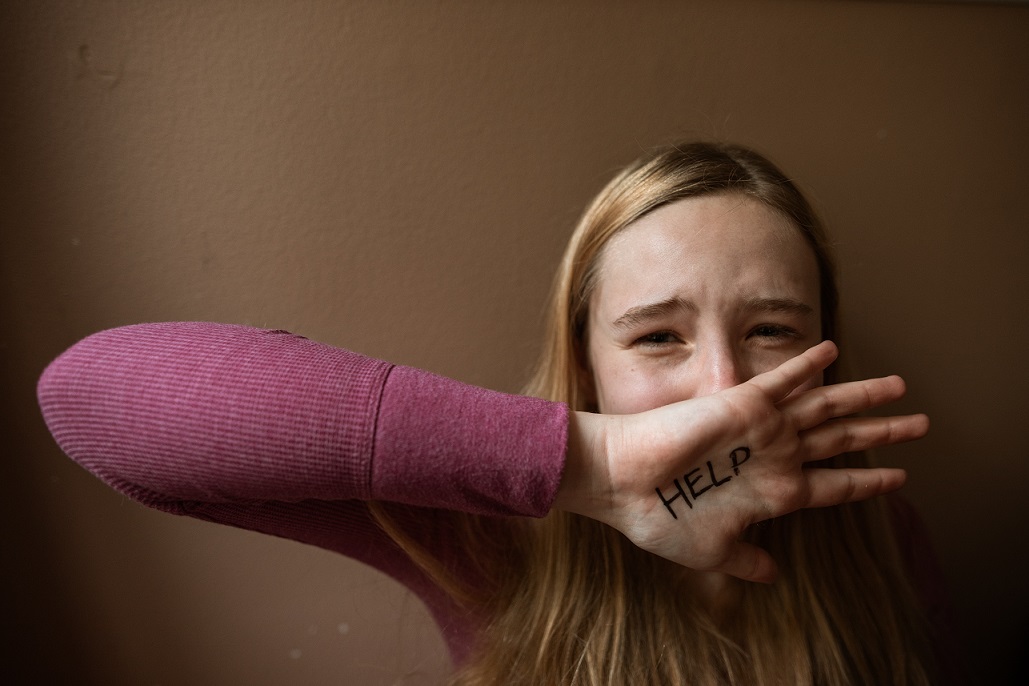According to the National Report on the Implementation of the 2030 Agenda, the rate of femicides at the hands of partners or ex-partners was, in 2016, 0.99 per 100,000 inhabitants aged 15 and over in Cuba, and between 2013 and this year, there was a 33% decrease in the number of deaths.
“Why didn’t I break up with him sooner? Why did I put up with so much?” These are the questions that Teresa Rodríguez, a 38-year-old Cuban survivor of a marriage plagued by economic, psychological and physical violence, keeps asking herself.
Teresa talks about her “own life” starring “that gentleman”, “the boss, the head [of the family], the one who thinks”, where she had no rights. “I always did what he wanted” is how she sums up her story to the press and remembers the time where he humiliated her, made her feel inferior, forbade her to work, and hit her; all that in the name of power, until that day when she decided she had had enough.
Living in such conditions gave Teresa a theory about violence: “The chauvinism runs in his blood. He replicates what he has seen.”
She uses as argument her still-husband’s – they are in the process of separating – family and how they relied on the phrase: “he is the man of the house” in order to enforce their will, a “legacy” adopted by several generations.
For the specialised literature, gender violence is a product of asymmetrical power relationships and discrimination against women, based on the patriarchal heritage of what is considered male and female.
Clotilde Proveyer, Doctor of Sociology and Professor at the University of Havana, explains that this problem has a very strong cultural and structural foundation, hence the challenge of counteracting it.
 “The Cuban family is patriarchal, despite certain changes in favour of gender equality: who is the head of the family, how are the roles distributed, who is the decision maker, who is the provider?”, she asks.
“The Cuban family is patriarchal, despite certain changes in favour of gender equality: who is the head of the family, how are the roles distributed, who is the decision maker, who is the provider?”, she asks.
In the National Survey on Gender Equality (NSGE), implemented in 2016, 88.7% of the [population] sample acknowledged the existence of laws, policies and specific actions in favour of women. However, the statistics also revealed the presence of violent manifestations, which are a priority in Cuba. According to Osmayda Hernández, member of the National Secretariat of the Federation of Cuban Women (FCW), such cases are prevalent in Eastern provinces, they increased during the Covid-19 pandemic, and were overburdened with domestic chores, stress, anxiety and depression.
The UN warned in 2018 that globally, an average of 137 women were killed by a family member or partner, and according to the Global Study on Homicide, 58% of femicides happened because of domestic violence.
As per the Gender Equality Observatory for Latin America and the Caribbean, around 4,500 women in 19 countries in the region were killed in 2019 because of male aggression.
Nevertheless, international studies show that only the tip of the iceberg is visible as only about 10% of the women who suffer from domestic violence report it, Proveyer said.
There came a day when the reasons for Teresa to remain together with her aggressor stopped carrying any weight.
The need to preserve a marriage at all costs was now in the past and the love was diluted by fear.
She still remembers how nervous she was when she went to ask for help at the Women and Family Guidance Home in the municipality of the Plaza de la Revolución. Since then, Teresa has been having meetings every week with Miriam de los Ángeles Beltrán, coordinator of the institution, where she explains the progress of the process, her concerns and fears.
“I’m not alone. I know that I can come here before any situation and I will have help”, she states. The home is an institution that houses more than 3,000 women every year, out of which 300 or 400 come there because of gender-based aggressions.
The existence of these spaces reflects the willingness of Cuba that has zero tolerance against scourge as a state policy and places emphasis on equal opportunities on all areas.
A comprehensive plan
Cuba has a comprehensive strategy for dealing with violence, with specific measures put in place in order to perfect substantive, procedural and administrative mechanisms, and to change the image, which is the basis or eradicating these aggressions.
 Efforts to address the problem rely on guidance from the FCW, a mechanism for the advancement of women, and they were materialised with the approval of the National Program for the Advancement of Women (PAW).
Efforts to address the problem rely on guidance from the FCW, a mechanism for the advancement of women, and they were materialised with the approval of the National Program for the Advancement of Women (PAW).
Osmayda Hernández stressed that the plan highlights the law, demands the organisations to take action against violence, encourages the training of their staff and the development of alternate methods of resolving conflicts from a gender perspective. Similarly, there are campaigns of raising awareness, like Evoluciona (Evolve) from the Oscar Arnulfo Romero Center, and Juntas (Together), from the Federation, and the screening of the series Rompiendo el silencio (Breaking the silence) in order to reflect how exposed the society is to situations of violence. Furthermore, the country authorised specialised attention to such aggressions through the telephone line 103 and created a map of services to refer contact with one of the 168 counselling centres, police stations and the public prosecutor’s office available in each municipality.
In order to change the scourge, you need to change the patterns that make it possible, from the family, school, the media, “that allow these standards to be accepted as valid and to be replicated”, stressed the expert. While all this is happening, Teresa, even though she admits that she had waited enough to slam the door, enjoys the peace that was hidden for years. She says that she knows how important it is to value herself more, to set out goals, to smile without feeling guilty, and that she is free at last. (PL)
(Translated by Cristina Popa – Email: gcpopa83@gmail.com) – Fotos: Pixabay

 Claudia González Corrales
Claudia González Corrales











.jpg)












